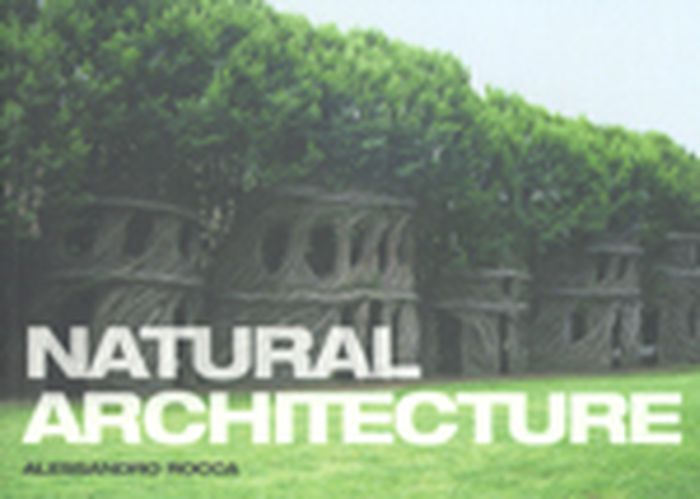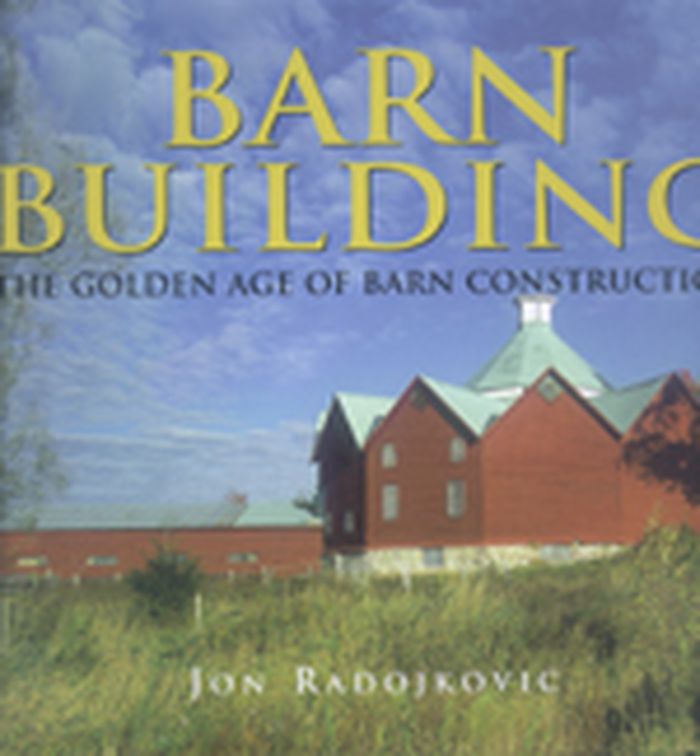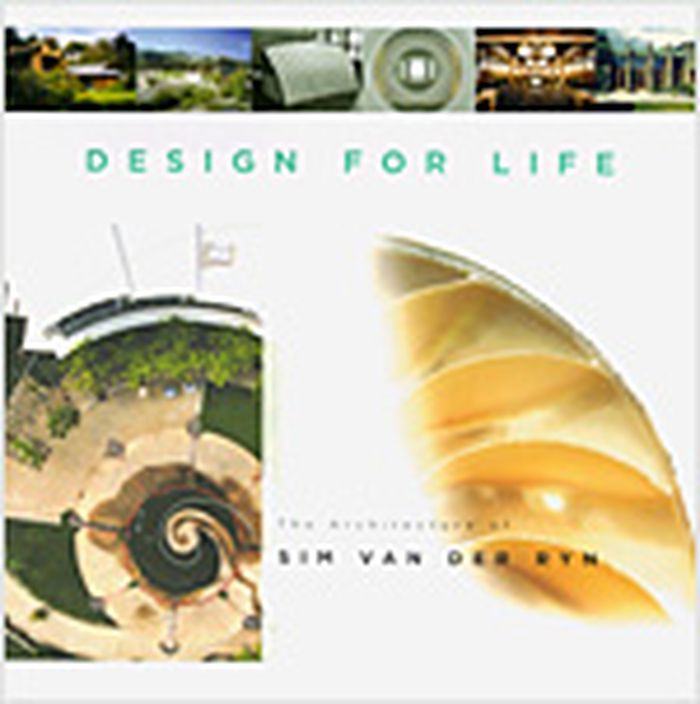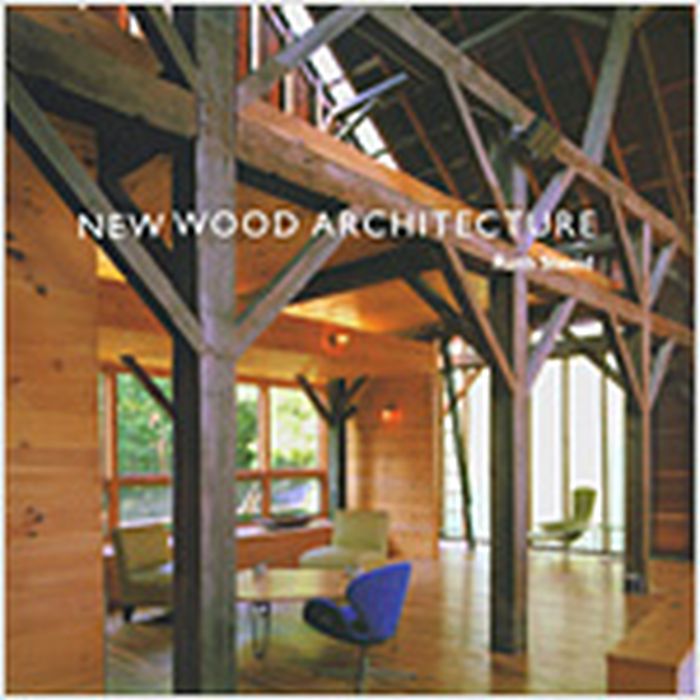$64.95
(available to order)
Summary:
Ce livre propose au lecteur de participer à la construction d'un avenir plus engagé, d'un lendemain porteur d'espoir pour la terre. Le moment est venu de nouer un lien nouveau avec la nature. Face aux menaces qui pèsent sur la planète, «Changer le monde» appelle à une transformation radicale des comportements. Véritable outil de réflexion, cet ouvrage offre un large(...)
Changer le monde : un guide pour le citoyen du XXIe siècle
Actions:
Price:
$64.95
(available to order)
Summary:
Ce livre propose au lecteur de participer à la construction d'un avenir plus engagé, d'un lendemain porteur d'espoir pour la terre. Le moment est venu de nouer un lien nouveau avec la nature. Face aux menaces qui pèsent sur la planète, «Changer le monde» appelle à une transformation radicale des comportements. Véritable outil de réflexion, cet ouvrage offre un large panorama d'informations, de l'habitat écologique à l'économie solidaire, pour que chacun puisse jouer un rôle, aussi bien à l'échelle individuelle qu'à l'échelle planétaire. «Changer le monde» est une mine d'informations, de réflexions et d'analyses qui permettent de se faire une idée claire et personnelle sur les grands sujets écologiques d'actualité. Préfacé par Al Gore, la force documentaire de ce livre contribue à l'avènement d'un nouvel état de la conscience citoyenne.
Green Architecture
$67.95
(available to order)
Summary:
Cet ouvrage, illustré de nombreuses planches en couleurs, est destiné à informer tous ceux, même s'ils n'ont pas de formation scientifique, qui veulent comprendre comment des millions d'espèces vivent et façonnent ce monde, notre monde. Ce guide a été conçu à l'origine pour des professionnels de la protection de la nature, à la demande et avec le soutien de la direction(...)
Le guide illustré de l'écologie
Actions:
Price:
$67.95
(available to order)
Summary:
Cet ouvrage, illustré de nombreuses planches en couleurs, est destiné à informer tous ceux, même s'ils n'ont pas de formation scientifique, qui veulent comprendre comment des millions d'espèces vivent et façonnent ce monde, notre monde. Ce guide a été conçu à l'origine pour des professionnels de la protection de la nature, à la demande et avec le soutien de la direction de la nature et des paysages du ministère de l'environnement. Sans cesse remis à jour, le succès du Guide illustré de l'écologie ne se dément pas depuis sa parution.
Green Architecture
Natural architecture
$45.50
(available to order)
Summary:
Never has the relationship between art and nature been more complicated and more fragile, but also richer and more fascinating. The artists and architects in Natural Architecture have transformed the act of building into an art form capable of sparking new relationships with nature, landscape, and the environment. Natural Architecture presents sixty-six site-specific(...)
Natural architecture
Actions:
Price:
$45.50
(available to order)
Summary:
Never has the relationship between art and nature been more complicated and more fragile, but also richer and more fascinating. The artists and architects in Natural Architecture have transformed the act of building into an art form capable of sparking new relationships with nature, landscape, and the environment. Natural Architecture presents sixty-six site-specific installations that use raw materials, manual labor, and natural stimuli to create truly green architecture that is as organic as the materials with which it is created. Projects by Olafur Eliasson, Patrick Dougherty, Nils-Udo, Ex. Studio, Edward Ng, nArchitects, and many others are shown together for the first time. Selected for their commitment to the use of raw materials, manual labor, and natural inspiration, these works are vividly displayed in photographs, drawings, and models. As organic as the materials with which they are built, these creations allow the changing landscape to naturally overtake each structure until it finally decomposes. Each project is accompanied by a series of photographs, drawings, and models.
Green Architecture
books
$79.95
(available to order)
Summary:
Ce nouvel ouvrage de Jean-Philippe et Dominique Lenclos explore l’étonnante diversité des décors de façade et poursuit la recherche que ces auteurs ont engagée depuis les années 1960 sur la « géographie de la couleur » dans l’habitat vernaculaire. L’ornementation de la façade prend des aspects très différents d’un lieu à l’autre, d’un pays à l’autre, selon les matériaux(...)
Green Architecture
May 2007, Paris
Maisons du monde : couleurs et décors de l'habitat traditionnel
Actions:
Price:
$79.95
(available to order)
Summary:
Ce nouvel ouvrage de Jean-Philippe et Dominique Lenclos explore l’étonnante diversité des décors de façade et poursuit la recherche que ces auteurs ont engagée depuis les années 1960 sur la « géographie de la couleur » dans l’habitat vernaculaire. L’ornementation de la façade prend des aspects très différents d’un lieu à l’autre, d’un pays à l’autre, selon les matériaux employés, la morphologie architecturale et les goûts des habitants, qui expriment leur savoir-faire et leur créativité, mais aussi leur identité, sur les murs de leur maison. La plupart des décors naissent spontanément de l’utilisation des matériaux disponibles sur place et de leur mise en œuvre spécifique. La terre humide se prête aisément à toutes sortes d’incisions, de dessins, de motifs en relief, d’incrustations et, quand elle est sèche, au revêtement d’enduits ou de peintures de couleur. Le bois est sculpté, découpé ou peint. La brique et la pierre enrichissent les façades des nuances de leurs teintes et de leurs textures, ainsi que du dessin de leur assemblage. Enfin, la céramique peut donner lieu à de savantes compositions colorées, abstraites ou figuratives. Ces décors sont le fruit d’une tradition, d’une époque, d’une mode, d’une conjoncture sociale, historique, économique ou politique ; ils font partie d’un rituel religieux, ils illustrent une profession. Toujours, ils traduisent la culture bien particulière d’un groupe humain. À travers une quinzaine d’études en Europe (Suisse, Allemagne, Belgique, France, Grèce, Portugal) et dans le reste du monde (Indonésie, Niger, Égypte, Tunisie, Yémen, Inde, États-Unis, Afrique du Sud), les façades des maisons expriment de façon pas toujours spectaculaire, mais toujours significative, et avec une diversité surprenante, la créativité de l’homme, son besoin instinctif de personnaliser et d’embellir, même de façon modeste, son environnement immédiat. Ces études, datées, constituent un état des lieux à un moment donné de l’histoire d’une communauté villageoise, d’une ethnie ou d’un peuple, sur le patrimoine chromatique, artisanal et artistique de son habitat quotidien. En ce sens, elles font œuvre de mémoire. En effet, les décors de façade, comme les palettes chromatiques, sont sujets à évolution, voire même à disparition totale. Pourtant, ils constituent non seulement un véritable trésor de formes, de dessins, de couleurs et de symboles qu’il convient de faire vivre en tant qu’éléments précieux du patrimoine architectural et culturel mondial, mais aussi une inépuisable source d’inspiration pour tous les métiers d’art.
books
May 2007, Paris
Green Architecture
$27.95
(available to order)
Summary:
Does turning the thermostat down on a winter's night offset the costs of reheating the house in the morning? What will best prevent energy loss: new windows or insulation in the attic? Is heating oil cheaper than natural gas? Blending science with anecdote and example, Colin Smith answers questions like these, providing an insightful guide to creating an environmentally(...)
This cold house : the simple science of energy efficiency
Actions:
Price:
$27.95
(available to order)
Summary:
Does turning the thermostat down on a winter's night offset the costs of reheating the house in the morning? What will best prevent energy loss: new windows or insulation in the attic? Is heating oil cheaper than natural gas? Blending science with anecdote and example, Colin Smith answers questions like these, providing an insightful guide to creating an environmentally friendly home without sacrificing comfort. "This cold house" helps homeowners identify heating and cooling priorities and choose the most appropriate methods, tools, and equipment. Basic equations allow you to estimate possible savings in annual heating and cooling bills and determine payback times for improvement projects. Practical and entertaining, "This cold house" illuminates the concepts behind energy efficiency and translates them into ideas you can use, whether you live in a castle, igloo, or house.
Green Architecture
$35.00
(available to order)
Summary:
This book celebrates the era of North American barn-building known as "The golden age of barn construction," from the early 1700s to the mid-20th century. The author explores the variety of barn styles, pays tribute to the craftsmanship of their builders, and chronicles the lives and times of both the barns and those who built them. "Barn building" is illustrated(...)
Barn building : the golden age of barn construction
Actions:
Price:
$35.00
(available to order)
Summary:
This book celebrates the era of North American barn-building known as "The golden age of barn construction," from the early 1700s to the mid-20th century. The author explores the variety of barn styles, pays tribute to the craftsmanship of their builders, and chronicles the lives and times of both the barns and those who built them. "Barn building" is illustrated throughout with contemporary color interior and exterior photographs, historic black-and-white photos, and the author's own illustrations.
Green Architecture
$6.99
(available to order)
Summary:
"Design for life: the architecture of Sim Van der Ryn" surveys the work and principles of Sim Van der Ryn, a world leader in the field of sustainable architecture. Sharing his years of experience as a teacher and using his building designs as examples, the author shows us that buildings are not objects but organisms, and cities are not machines but complex ecosystems.(...)
May 2005, Salt Lake City
Design for life : the architecture of Sim Van der Ryn
Actions:
Price:
$6.99
(available to order)
Summary:
"Design for life: the architecture of Sim Van der Ryn" surveys the work and principles of Sim Van der Ryn, a world leader in the field of sustainable architecture. Sharing his years of experience as a teacher and using his building designs as examples, the author shows us that buildings are not objects but organisms, and cities are not machines but complex ecosystems. "Design for life" illustrates how Van der Ryn came to see the shifting patterns in nature and how these patterns profoundly affect how people live and work in the structures we build. Van der Ryn explores how architecture has created physical and mental barriers that separate people from the natural world, and how to recover the soul of architecture and reconnect with our natural surroundings. Appointed California State Architect by then-Governor Jerry Brown, Van der Ryn introduced the nation's first energy-efficient government building projects. His vision heralded a Golden Age of ecologically sensitive design and resulted in the adoption of strict energy standards and disability access standards for all state buildings and parks. Van der Ryn has helped inspire architects to see the myriad ways they can apply physical and social ecology to architecture and environmental design.
$39.95
(available to order)
Summary:
"Small Strawbale" is a meditative exploration of the innumerable reasons to consider strawbale as a viable building material. Environmentally friendly, super insulative, economical, and natural, strawbale can be used to build everything from garden walls to small homes. "Small Strawbale" tells the stories of people who have successfully created structures out of this(...)
Green Architecture
April 2005, Layton, Utah
Small strawbale : natural homes, projects & designs
Actions:
Price:
$39.95
(available to order)
Summary:
"Small Strawbale" is a meditative exploration of the innumerable reasons to consider strawbale as a viable building material. Environmentally friendly, super insulative, economical, and natural, strawbale can be used to build everything from garden walls to small homes. "Small Strawbale" tells the stories of people who have successfully created structures out of this easily replenishable building material, reminding us that our human roots are ultimately grounded and dependent upon the earth and its bounties. This practical guide is filled with rich photos of homes, greenhouses, studios, sheds, open-air structures and more, each pulsating with unique yet subtle creativity. Both a pragmatic construction manual and a philosophical, artistic guidebook, "Small Strawbale" is an inspirational starting point for a strawbale dreamer, and a great source of information for those who are ready to get bailing.
Green Architecture
books
$28.95
(available to order)
Summary:
A visually dynamic, front-end resource tool that allows architects, builders and owners to explore and envision opportunities to use tree-free, recycled and certified wood materials and systems before projects begin. “Building with Vision” offers concise overviews, at-a-glance advantages and challenges, original photographs, resources for further research, dozens of case(...)
Building with vision : optimizing and finding alternatives to wood
Actions:
Price:
$28.95
(available to order)
Summary:
A visually dynamic, front-end resource tool that allows architects, builders and owners to explore and envision opportunities to use tree-free, recycled and certified wood materials and systems before projects begin. “Building with Vision” offers concise overviews, at-a-glance advantages and challenges, original photographs, resources for further research, dozens of case studies and sidebars that encourage healthy construction by minimizing forest destruction. It is a must-have resource for architecture studios, contractors, homeowners, and others concerned about the ecological impacts of building projects. Topics Included: Construction Without Destruction (Randy Hayes); Building as the Forest Mattered (Sim Van der Ryn); The Case for Local Solutions; FSC-Certified, Recycled and Salvaged Wood; Framing Siding and Sheathing Options; Insulated Structural Systems; Natural Building Methods; Recycled Materials and Resource Recovery; Surface and Finish Materials; extensive resource directories. This is Volume Two of the Wood Reduction Trilogy.
books
February 2005, Healdsburg, California
Green Architecture
New wood architecture
$56.50
(available to order)
Summary:
A detailed and timely look at the resourceful ways wood is being used in some of the world’s most innovative new buildings. Despite its legacy as a traditional building material, timber is experiencing a renaissance as contemporary architects and designers increasingly come to appreciate its sustainability, versatility, and beauty. Lavishly illustrated with over 300(...)
Green Architecture
April 2005, New
New wood architecture
Actions:
Price:
$56.50
(available to order)
Summary:
A detailed and timely look at the resourceful ways wood is being used in some of the world’s most innovative new buildings. Despite its legacy as a traditional building material, timber is experiencing a renaissance as contemporary architects and designers increasingly come to appreciate its sustainability, versatility, and beauty. Lavishly illustrated with over 300 photographs and drawings, "New Wood Architecture" features over 40 contemporary projects from around the world by leading architects including Shigeru Ban, Roberto Briccola, Santiago Calatrava, Steven Holl, Herzog + Partner, Herzog and de Meuron, Peter Hübner, Renzo Piano Building Workshop, and Peter Zumthor. Ruth Slavid examines the innovative ways timber is currently being handled and how its use has been expanded by new technologies and experiments with traditional building methods. Featured topics include wood’s natural properties in rural landscapes; its heritage as a vernacular building material; its pragmatic and cost-efficient properties; its versatility; current technological innovations such as the uses of engineered products, laminates, plywoods, and chipboards; the ways wood can be combined with other materials to enhance its structural properties; and its use as a recycled or “green” material in some of the most beautiful and experimental plans being constructed today.
Green Architecture







